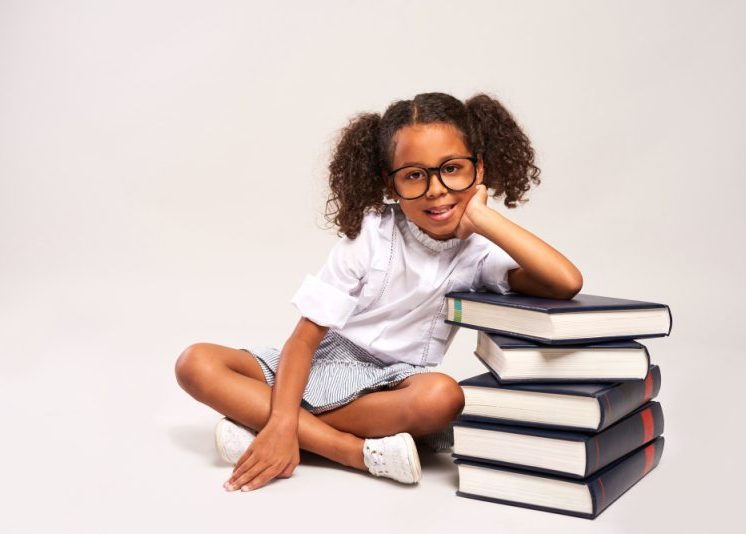Stop Comparing, Start Understanding: A Guide to Different Learning Patterns

I’ll never forget the frustration on my nephew’s face. He was in the second grade and we were trying to get him to sound out words from a book, just like his older sister did with ease. We’d sound them out slowly, then have him repeat them, but it just wasn’t clicking. My sister, his mother, would get frustrated, saying things like, “Why is this so hard? Your sister learned this in five minutes.” We started to worry he was falling behind.
But when we put the book away and took out a set of alphabet magnets, everything changed. He started building the words with his hands. Suddenly, the letters made sense. He was able to learn and spell new words by physically manipulating them. The “problem” wasn’t that he couldn’t learn; the problem was that we were trying to force him to learn in a way that didn’t fit him.
The truth is, we have failed a child when we don’t understand how they learn. Every child is different, and they absorb information in unique ways. What works for one student might be completely ineffective for another. By understanding different learning patterns, we can stop comparing and start nurturing our children’s true potential.
The Four Main Learning Styles (VARK)
The most widely accepted model for understanding learning patterns is the VARK model, which categorizes learners into four main types.
- Visual (V) Learners: These learners need to see information to understand it. They thrive with visual aids like charts, diagrams, maps, and videos. For them, a picture truly is worth a thousand words. They often benefit from taking detailed notes, using different colored pens, and creating mind maps to organize information.
- Auditory (A) Learners: These are the listeners. They learn best by hearing and speaking information. They excel in lectures, group discussions, and by listening to explanations. Auditory learners might find it helpful to record lectures, read notes aloud, or use rhymes and jingles to memorize facts.
- Read/Write (R) Learners: These learners are masters of the written word. They prefer to learn through reading books, taking notes, and writing essays. They process information best when it’s presented in text format. Rewriting notes, creating lists, and using flashcards with written definitions are all effective strategies for them.
- Kinesthetic (K) Learners: These are the “doers.” They learn best through hands-on experiences, movement, and physical activity. They need to engage with the material directly. Think science experiments, building models, role-playing, and field trips. They learn by touching, moving, and interacting with their environment.
Why This Matters
When we fail to recognize a child’s learning style, we create a frustrating and often demoralizing experience for them. Imagine trying to teach a kinesthetic learner by just reading a textbook, or expecting a visual learner to understand a complex process without any diagrams. It’s like trying to fill a bucket with a sieve—it just won’t work. This can lead to:
- Low self-esteem: The child may internalize their struggles as a personal failing.
- Frustration and disengagement: They may become bored or apathetic because the teaching method doesn’t connect with them.
- Mislabeling: Teachers and parents might incorrectly assume the child has a learning disability or isn’t motivated.
How We Can Do Better
The good news is that we can easily adapt our approach to better support every child. Here’s how:
- For Teachers: Incorporate a variety of teaching methods into every lesson. Use visual aids for the V learners, allow for group discussions for the A learners, provide detailed handouts for the R learners, and include hands-on activities for the K learners.
- For Parents: Pay attention to how your child naturally learns. Do they prefer to listen to a story or read it themselves? Do they like to build with blocks or draw pictures? Tailor homework and study time to their strengths. For example, if you have a kinesthetic learner, use a ball to practice multiplication facts or have them act out a scene from history.
- For the Child: Empower your child to understand their own learning style. Help them discover what works best for them and teach them how to advocate for themselves in the classroom. This builds confidence and gives them a sense of control over their own education.
By moving beyond the “one-size-fits-all” approach to education, we can unlock a child’s full potential and foster a lifelong love of learning. It’s time to stop comparing and start understanding.
What’s one small change you can make today to better support the unique learner in your life? Share your thoughts in the comments below!